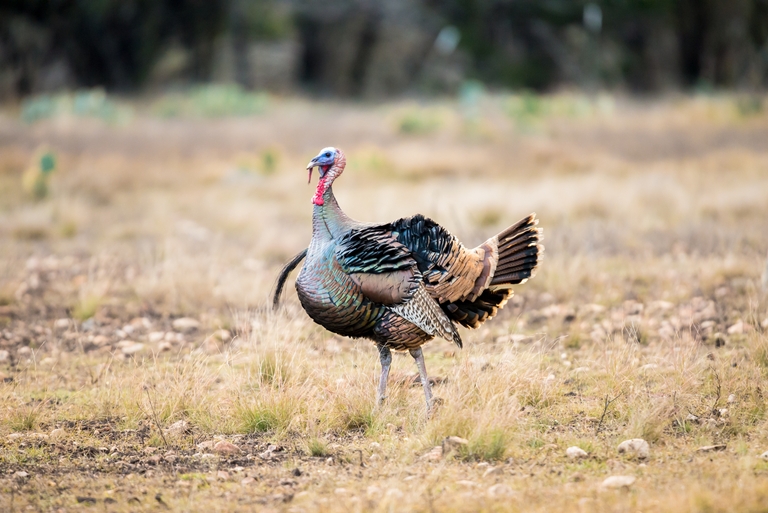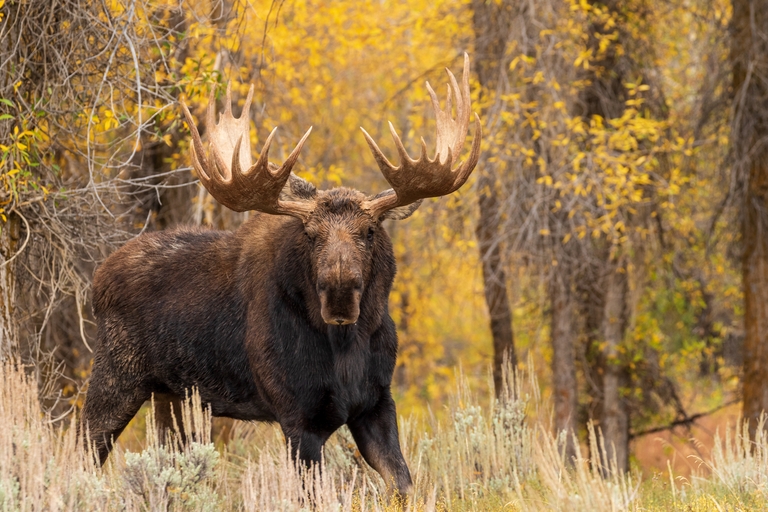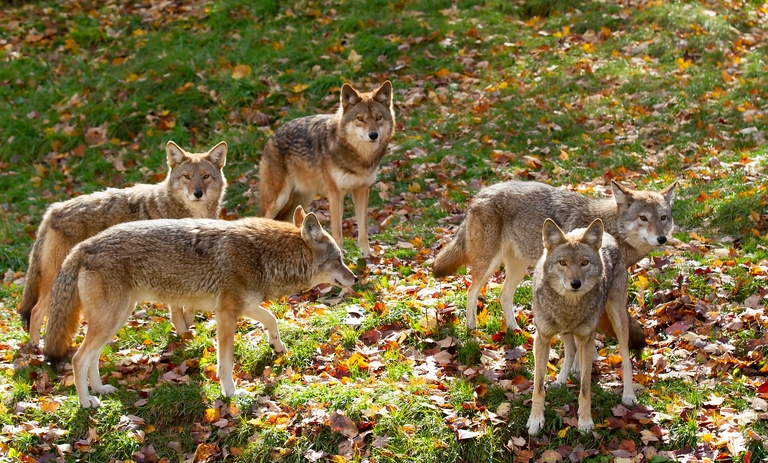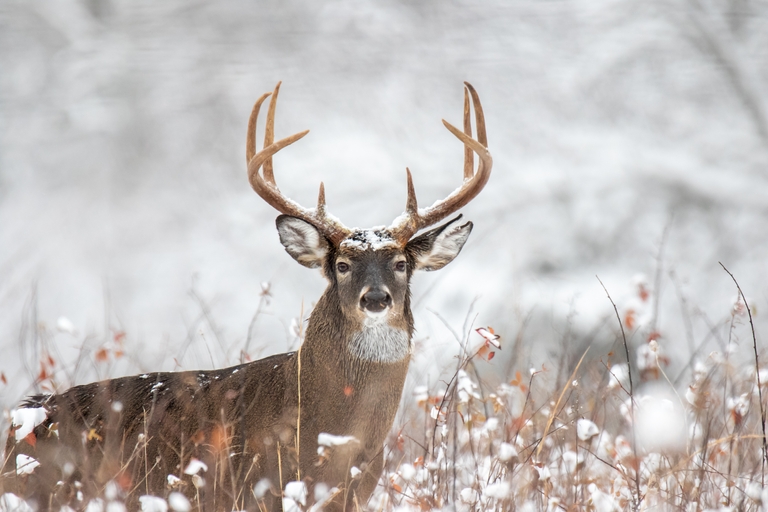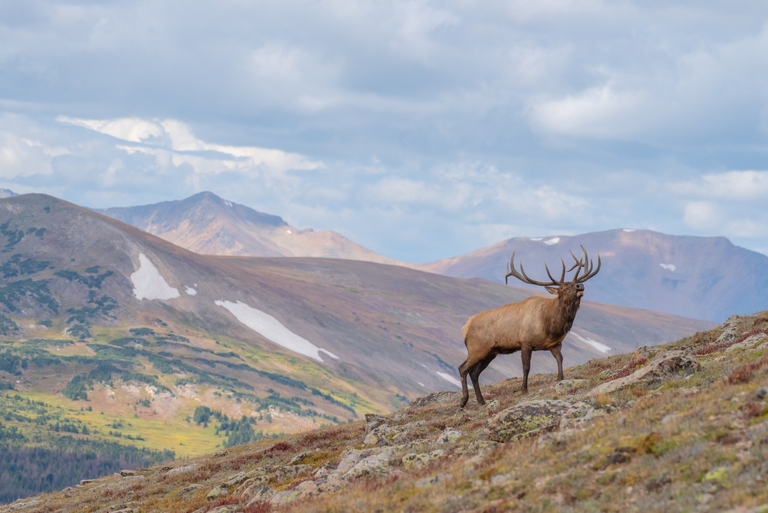Hunter Tips: 5 Non-Traditional Game Animals Great for Hunting

Many hunters (including kids) start by hunting small game like squirrels and rabbits or birds like doves or quail. As they prove to their fathers or mentors that they are qualified and trustworthy enough, they graduate to bigger game like white-tailed deer, wild pigs, and even black bears.
Most hunters are never tired of hunting game animals, partially because they're all delicious but mainly because the experience of being in the field or the woods never gets old.
However, if you read enough hunting magazines and books or watch outdoor television, eventually, you'll want to try something new. Maybe you'll head to Canada for caribou or even take a trip to Africa for kudu and gemsbok, but those hunts can get pretty expensive. Even going after big game, especially elk, mountain goats, or big-horned sheep, here in the U.S. can be costly.
So, we thought we would look at five U.S. animals that don't cost an arm and a leg to hunt but offer unique and interesting opportunities to extend your hunting. Remember, no matter what you hunt, make sure you've taken a hunter safety course to stay safe while in the field!

1. Alligator
Less than 50 years ago, the American alligator was on the endangered species list. However, by 1987 the species had fully recovered, and now there are millions of alligators across the southeastern U.S.
Best of all, you can hunt them in many states. Not only do you get great trophies from the skin and skulls, but alligator meat is also delicious fried or in a number of Cajun dishes.
Alligator hunting is becoming popular. Depending on state regulations, you can hunt alligators with rifles, bows and arrows, or even fishing tackle! Plus, state hunting tags are generally inexpensive, and guided hunts usually cost a couple of thousand dollars or less.
2. Javelina
Everybody who has ever seen a javelina immediately thinks "wild pig." The javelina is also known as the "collared peccary." It and other members of the peccary family may be kissing cousins to the pig family, but they aren't pigs.
Big javelinas weigh about 50-60 pounds, but they have a set of four canine teeth that grow long and sharp. Packs of javelina have been known to chase hunters, and their sharp teeth can slice up dogs badly.
A shoulder or skull mount is a fine trophy, and their pelts make attractive little rugs. They can be found in Texas, New Mexico, Arizona, and throughout Mexico and Central America.
Hunting tags are free or cheap, depending on the state, and even guided hunts or hunts on private land cost only a few hundred dollars per day.
3. Chachalaca
No, we're not talking about any of the boom shaka-laka songs! We're talking about an actual game bird that hardly anybody knows about: the chachalaca.
You'll have to travel to one of four South Texas counties to hunt them, but once you get there, you'll be able to hunt on public land.
Though not as plentiful as mourning doves in their habitat, with feathers that make good camouflage, chachalaca are not hard to find for one reason: They're loud!
Chachalacas don't have pretty feathers to match pheasants or turkeys, but you'll be hunting them to say you did – and, of course, because they're delicious. Some people say they taste like chicken.
4. Pigeons
We've seen so many pictures of thousands of pigeons in city squares that some people have called pigeons "flying rats." However, pigeons, or "rock doves," have been prized game birds for hundreds of years around the world.
Although they don't get a lot of press, hunters in California, Texas, Idaho, and around the U.S. find pigeon hunting fun and challenging. You can hunt pigeons any time of the year, and there are no bag limits because they are an "introduced species," meaning they are not native to North America.
Mourning doves are known for being delicious, and their cousin, the pigeon, is also a great table fare – and much larger. While shotgun hunting around grain fields or feedlots is the standard method, some hunters use a high-powered air rifle to stay sharp for big game hunting season.
5. Porcupine
Yes, those waddling, pokey porcupines are supposed to be really good eating.
Finding a porcupine to harvest is the hard part because they stay hidden in the trees. Shooting one is the easy part because they're slow, and unless they're near a burrow, they can't really escape.
Porcupines range over the entire western portion of the U.S. and as far south as Texas. As everyone knows, porcupines can fight back, so use a heavy pair of leather gloves when skinning one.
While not a traditional trophy, porcupine quills can also be used for a number of craft projects. The skulls look nice, too, but they would be challenging for guests to identify when displayed in your home.
Stay Safe When Hunting Any Game With a Hunter Safety Course
What non-traditional game do you enjoy hunting? Regardless of the game you hunt, make sure you're prepared for a safe day in the field.
Most states require hunters to pass a hunter safety course before hunting animals, even the non-traditional species we've talked about today. So, before you head off on your alligator or chachalaca hunt, make sure you've passed your safety certification.
Hunter-Ed makes it easy! Our state-approved courses are online and teach a wide range of hunting essentials, including firearm safety, how to prepare for a hunt, hunter ethics, and survival skills for the outdoors. Find the course for your state and start learning!
Originally published December 19, 2013. Content updated February 28, 2023.


